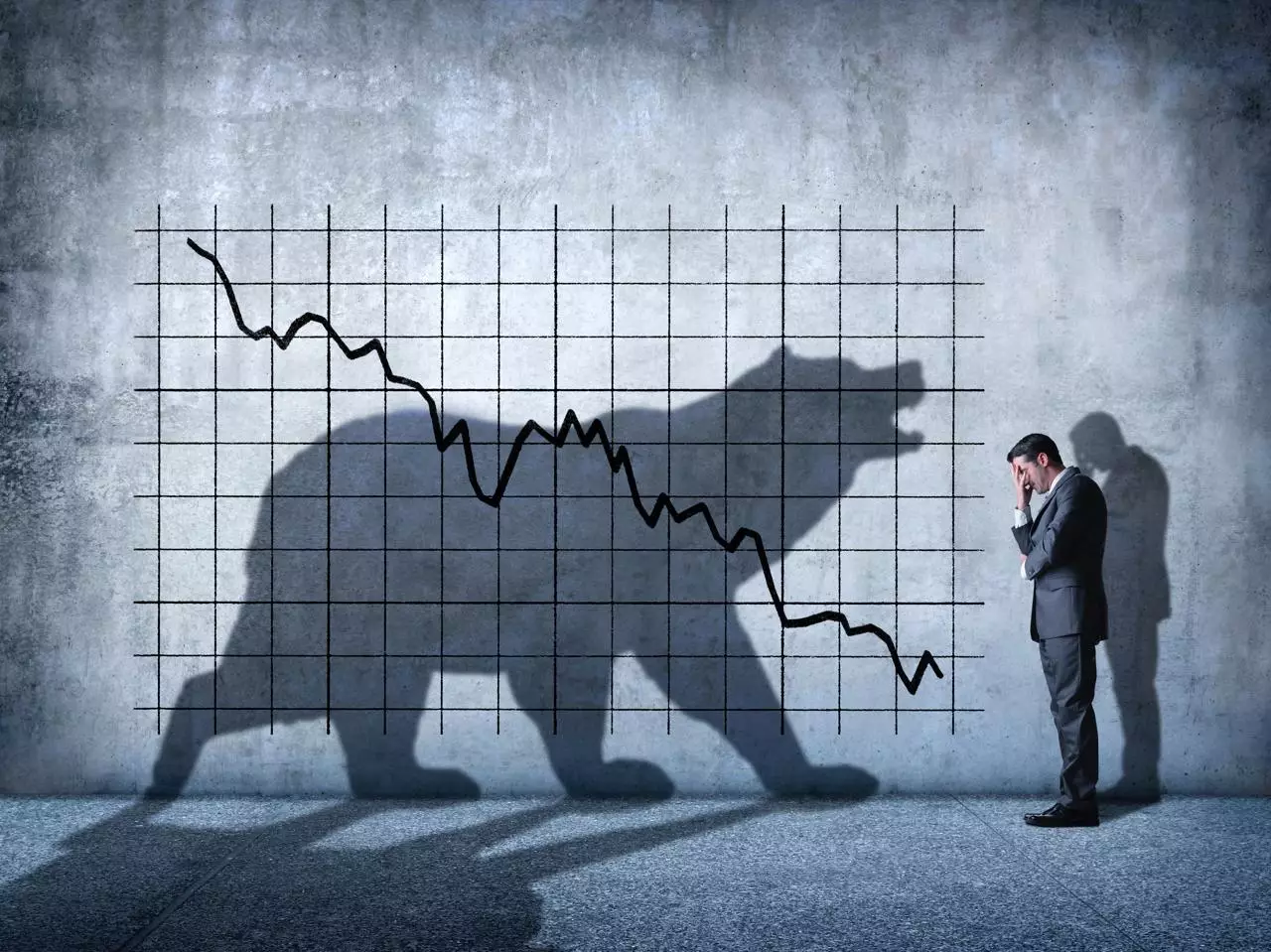Bitcoin’s recent price activity tells a story of resilience shadowed by uncertainty. After a precipitous drop below $100,000 early in the week, the premier cryptocurrency rebounded impressively to close above $107,000. At first glance, such a recovery appears encouraging, marking a solid 5.2% gain over seven days. However, the marginal 0.2% growth in the last 24 hours combined with a volatile trading range hints at a market still unsure about Bitcoin’s true direction. This oscillation is more than just a momentary blip—it reflects deeper tensions brewing within cryptocurrency markets that investors ignore at their peril.
Dominance of Shorts: A Hidden Risk or Opportunity?
One of the most telling insights recently revealed comes from an on-chain analysis using the Liquidity Zone (7 Days) indicator—a composite measure tracking Bitcoin’s price movement, net delta of open interest, and the distribution of positions at varying price points. The net delta specifically reflects the balance between longs and shorts in the market: a positive reading would indicate buyer dominance, but a prolonged negative net delta signals that shorts have assertively taken the lead.
Currently, the data shows that short sellers have opened more positions over the past week, painting a picture of growing bearish sentiment. Conventional wisdom might suggest that a surge in sell positions spells impending doom or a price collapse. Yet, this isn’t necessarily the case. The paradox lies in how a bearish posture can coexist with a relatively stable and even slightly bullish price momentum. When shorts pile up under these conditions, they risk becoming trapped, potentially setting the stage for a dramatic “short squeeze.”
Why a Short Squeeze Could Trigger a Volatile Spike
A short squeeze occurs when the price breaks above sellers’ resistance levels, forcing those betting on a price drop to scramble to buy back Bitcoin to limit losses. This scramble drives prices sharply up, sometimes in a parabolic fashion, exacerbating volatility. Given the current data, the potential for such a squeeze looms large. Yet, it hangs precariously in balance. If Bitcoin does breach the resistance, it might trigger a cascading liquidation of shorts, pushing the price higher and shaking out weak hands in the process.
However, the flip side is equally plausible: if the market breaks down or sellers prevail, the resulting sell-off could amplify losses catastrophically. Thus, the present dominance of short positions, far from being a simple bearish signal, is more a double-edged sword loaded with risk and opportunity. Investors holding bearish views would do well to exercise caution here, as the market’s next move could swiftly turn against them.
The Broader Market: Why Stability Masks Vulnerability
Bitcoin’s ability to maintain a relatively stable price, even while shorts accumulate, points to an underlying strength—perhaps reflecting the growing institutional adoption and macroeconomic factors supporting the asset’s long-term thesis. Nonetheless, this stability should not breed complacency. Stability in a market riddled with offsetting pressures and speculative positions can be quite fragile.
From a center-right liberal perspective, this complexity underscores the necessity of market discipline and responsible investing, rather than reckless speculation or the blind pursuit of quick profits. Regulatory clarity and measured oversight might help temper excessive risk-taking that distorts market signals, preserving Bitcoin’s potential as a legitimate asset class rather than a mere speculative playground.
Market Sentiment: A Tug-of-War Between Optimism and Caution
Underlying all this is a sentiment divide that increasingly characterizes Bitcoin’s unpredictable path. Bullish investors see the dips as buying opportunities anchoring the token’s legitimacy and growth potential. Meanwhile, sellers—reflected in those aggressive short positions—bet on volatility and correction, wary of bubble dynamics fueled by hype.
This tug-of-war is not just about price—it resonates with broader themes of trust in decentralized finance, the evolving role of cryptocurrencies in the global financial system, and ideological divides over market freedom versus regulatory safeguards.
Without a decisive breakout, Bitcoin remains hostage to this indecision, its trajectory contingent on which forces—buyers or sellers—ultimately shape the narrative. Investors ignoring this subtle battle do so at their own risk, as the market’s next grand move might come suddenly and with outsized consequences.















